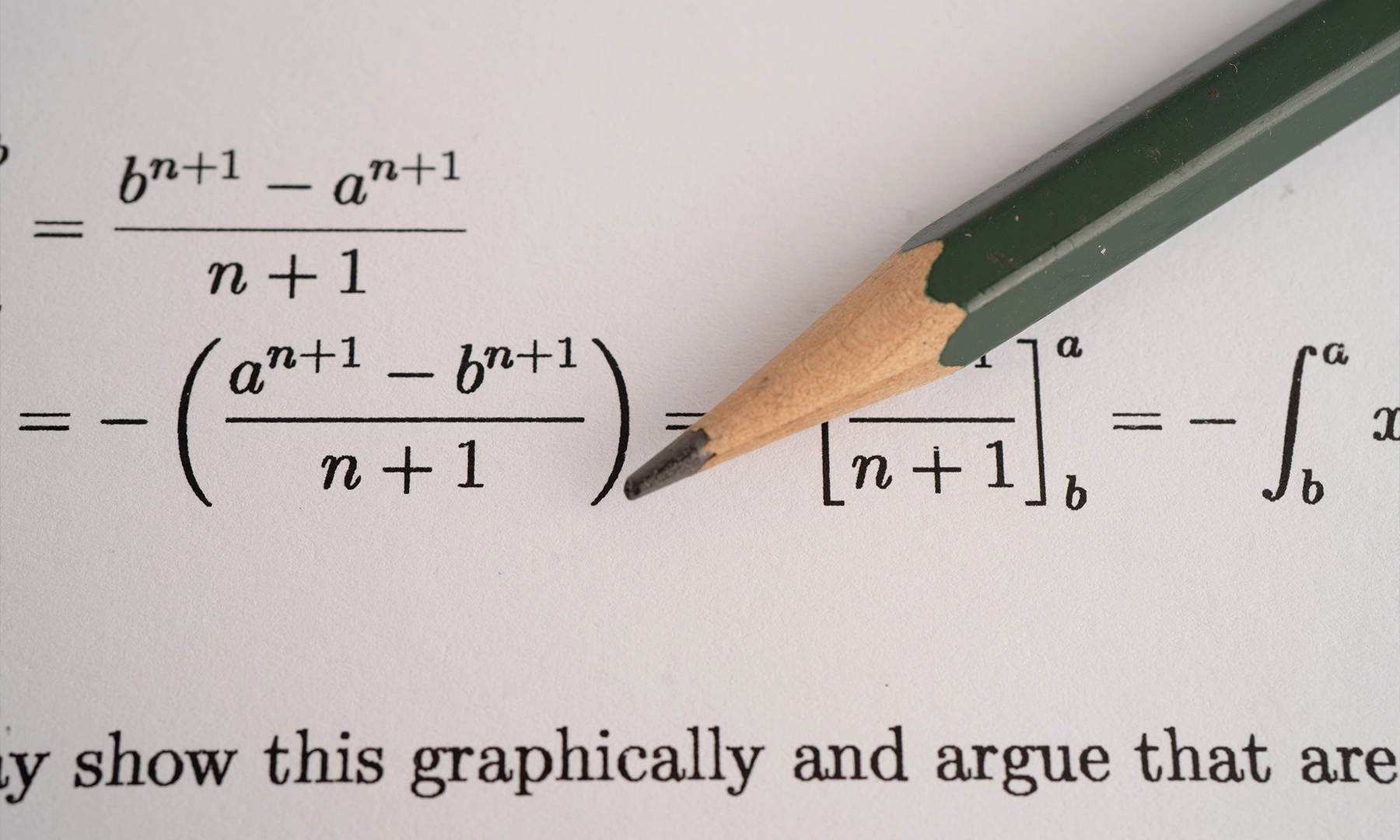Probability tutor near me in Canada
Study Probability with help from top-rated instructors
Probability tutoring available across Canada for all levels
When probability doesn’t make sense and then suddenly does
The confusing test question
Karan, a second-year student at the University of Calgary, had studied hard for his statistics midterm. But one question threw him off completely:
“What is the probability of selecting at least one defective item in a sample of four?”
He wasn’t sure whether to use the complement rule or a binomial formula. Feeling uncertain, he chose an answer and moved on. After the test, he realized he had misunderstood the question entirely.
Karan scheduled a lesson with Georgia Baker, a probability tutor on Wiingy. Georgia explained the concept using a simple coin-toss example and walked him through the logic step by step. Suddenly, the pattern made sense. In his next practice set, Karan solved every “at least one” problem with confidence.
The blank assignment
Jenna, a high school student in Markham, opened her probability homework and froze. The first question read:
“How many ways can a 3-person committee be chosen from a group of 10?”
Her teacher had rushed through permutations and combinations in class, and Jenna couldn’t remember which was which. She hesitated, unsure whether order mattered, and what formula to use.
Later that week, she connected with Henry Foster, a Wiingy tutor who specializes in high school math. They worked through several examples together. Henry used simple language to explain when to use combinations versus permutations and helped her spot patterns. By the end of the session, Jenna was solving the problems on her own and, for the first time, understood why the answers worked.
The group project everyone avoided
Daniel, a student at McGill, was assigned a group project involving probability simulations in R. The task required modeling expected outcomes from repeated coin tosses and explaining the results. No one in the group wanted to lead, it felt too complex.
Daniel reached out to Neha Neha, a Wiingy tutor with experience in probability and data simulations. She helped him break the task into smaller steps, write clean R code, and understand how to interpret the output. With her support, Daniel led the project successfully and even volunteered to present it in class.
A small shift with a big result
Probability can be difficult, not because it’s more advanced, but because it blends logic, uncertainty, and math in a way students aren’t used to. When students fall behind, the confusion builds quickly. Sometimes, all it takes is one focused session to break down the logic and rebuild a student’s confidence. A concept that seemed impossible the day before becomes manageable. A student who felt stuck starts to move forward.


